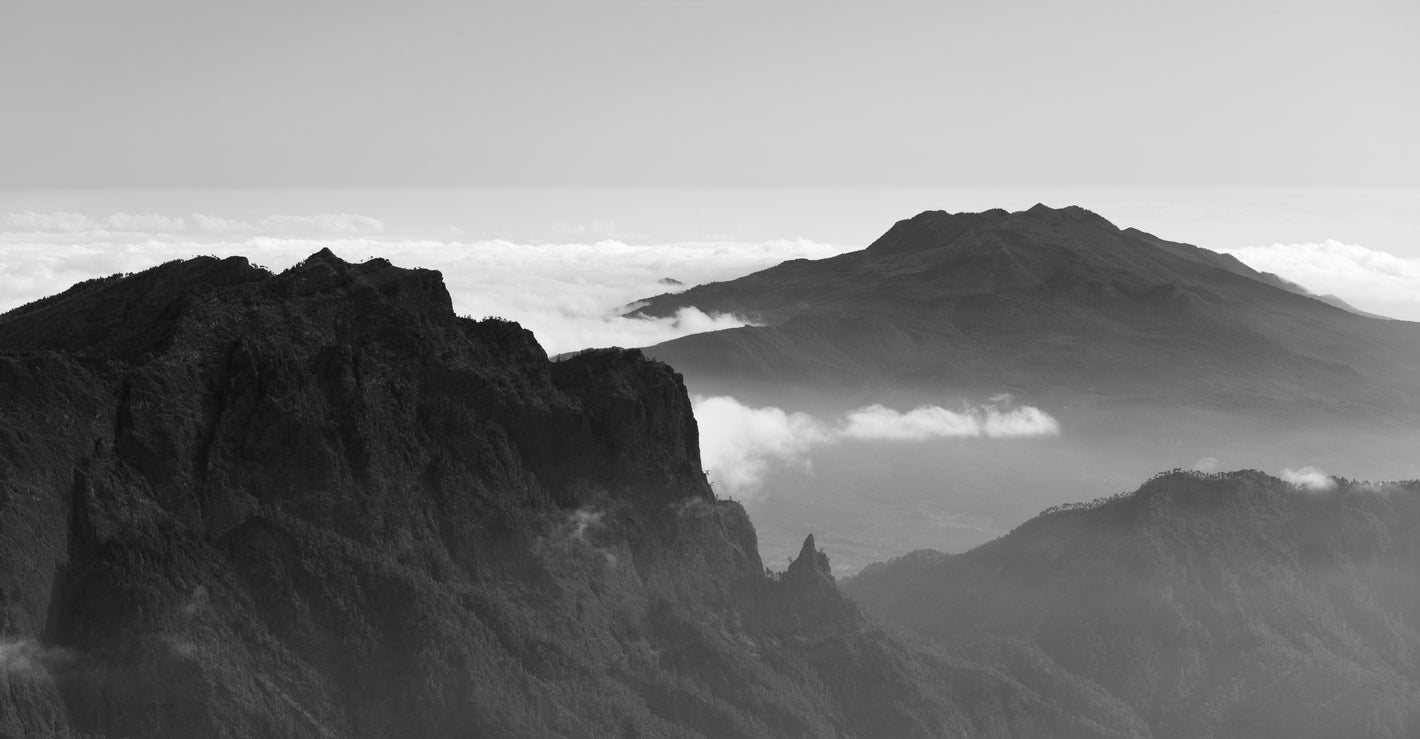Canary islands face volcano eruption and tsunami warning
Scientists fear Cumbre Vieja, which erupted in 1949 and 1971, will blow soon

After a year that has seen concern about potential voicano eruptions in Iceland, Italy and Bali, volcanologists on the Canary Islands have been asked to work out whether the island of La Palma is facing an imminent eruption.
The experts have been asked to monitor activity on the island, which saw 400 tremors in 15 hours over the weekend, according to The Express.
Close to Tenerife, Cumbre Vieja (meaning “Old Summit”) previously erupted in 1949 and 1971. After the recent tremors - and a 3.5cm rise in the earth over the past year - scientists have been asked to monitor the volcano, amid fears that an eruption might lead to an earthquake and possible tsunami.
So now a special hydrogeochemical monitoring programme has been set up in a bid to improve volcanic monitoring of the volcano. Scientists will take samples of subterranean waters and PH levels, conductivity, temperature and dissolved gas activity three times a week at four locations in Cumbre Vieja.
Meanwhile, a team from the National Geographic Institute (IGN) are monitoring the site around the volcano 24 hours a day.

Recent seismic movements of a low magnitude raised concerns over the volcano’s emerging activity, ranging between 1.5 and 2.7 on the Richter scale and up to 17.4 miles underground. While experts have warned that an eruption holds the potential of creating a tidal wave, academics have been quick to point out a mega tsunami is unlikely.
Iain Stewart, Professor of Geoscience Communication at the University of Plymouth, told The Independent: "The possibility of a catastrophic collapse of the volcano is a really controversial issue amongst geologists. There has certainly been large chunks of the volcanic island that have detached in the distant past, presumably associated with volcanic activity.
"But there's no evidence that this is happened in the last 10,000 years, and no signs that the collapse was so big and sudden that it produced huge tsunamis. It is theoretically possible, but most geologists think that smaller more localised collapses of the steep sides is more likely.
"This could generate local tsunamis with destructive waves a few metres high, but what we call transoceanic tsunamis are unlikely."
Join our commenting forum
Join thought-provoking conversations, follow other Independent readers and see their replies
Comments